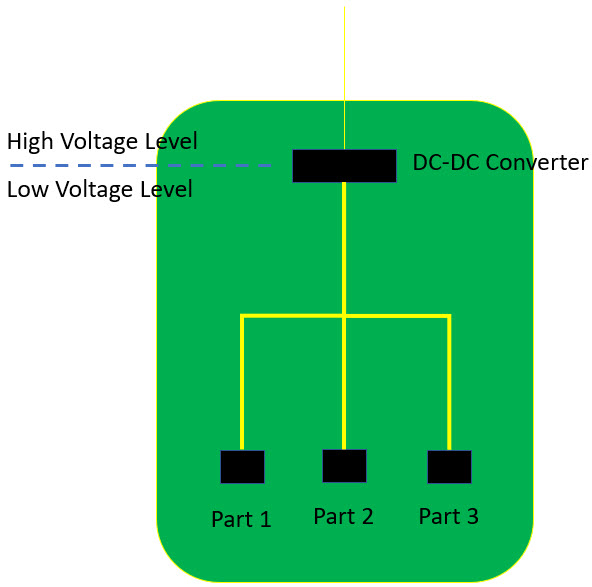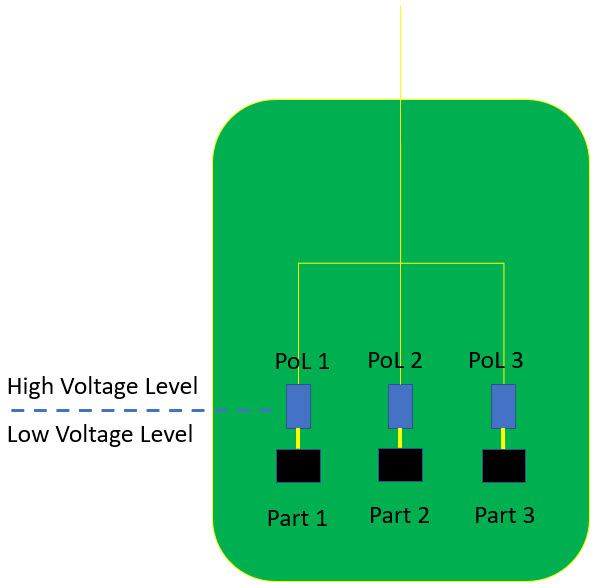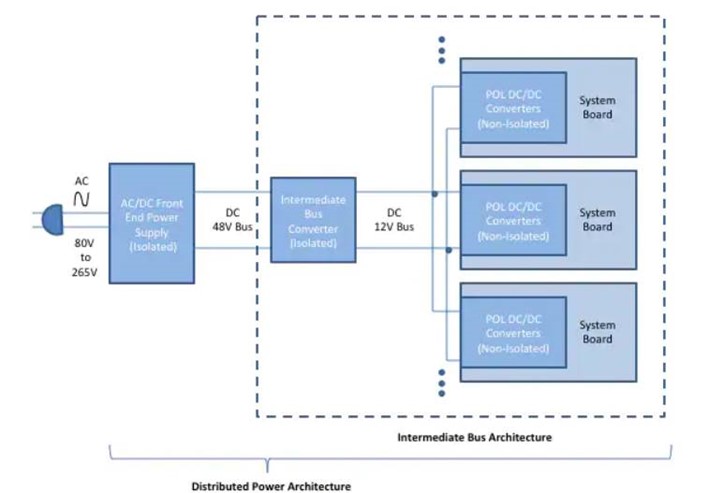
What is a PoL converter and when should I use it
- Posted by Manuel Sánchez Ruiz
- On November 16, 2021
- 0
The use of EEE parts in Space missions involves several considerations that are not usual or critical in other industrial fields. Some typical examples of this are outgassing and radiation characteristics. However, another critical aspect that is not always considered is physical space. In Space applications, the space that the parts occupy on a PCB (Printed Circuit Board) needs to be as low as possible in order to have a compact design in terms of weight and dimensions that can be suitable for implementation on the satellite.
Therefore, smaller PCBs are considered more advantageous. But what is that increases the PCB size? One of the main contributors is power distribution. Usually, parts on a PCB require the use of lower voltage levels than the values entering the circuit, which requires DC-DC conversion. This conversion transforms the entering voltage to the lower levels required for the parts within the PCB. When this conversion is made, the power capability stays the same, but, as the voltage level decreases, the current level increases. This leads to relatively high voltage drops, which requires larger tracks (conductors). It is easy to assess that this gets complicated when different voltage levels are required within the same PCB.
As a disadvantage, this approach requires the multiplication of converters (and capacitors at their output).
So, in summary, the term PoL describes a kind of topology for voltage conversion on PCB, that occurs close to the parts affected (distributed instead of centralized) using various small converters instead of one big one as front-end converter that distributes the power inside of the PCB.
This approach provides different approximations, as the use of several voltage regulation steps instead of a single step, fixing different voltage levels (this may introduce further transients), or fixing the output current, so the voltage can be variable at intermediate levels. It is important to note that the top-level converters that regulate the voltage at PCB entrance must have the highest efficiency possible, as this efficiency will affect the whole circuit, while the efficiency of the PoL converters only affects the load downstream.
Another important aspect to note regarding PoLs is that it is quite unusual to find them galvanically isolated (this is, with transformers), as this isolation is usually made on an earlier power conversion step. This can be seen in the figure below, where the AC/DC Front-End Power Supply and the Intermediate Bus Converter are already isolated, eliminating this need from the PoL converter.
GET IN TOUCH TODAY!
Do you have questions? Contact us!
- Platinum Temperature Sensors Solderability Issues - May 27, 2022
- Importance of Alert and Obsolescence Management on Space Projects - February 25, 2022
- What is a PoL converter and when should I use it - November 16, 2021




0 comments on What is a PoL converter and when should I use it